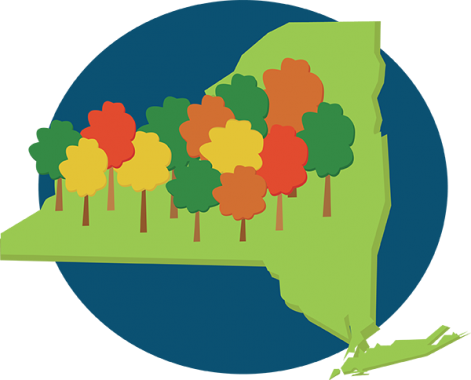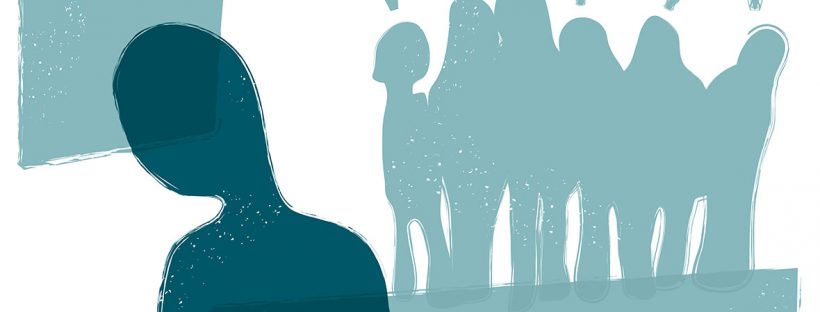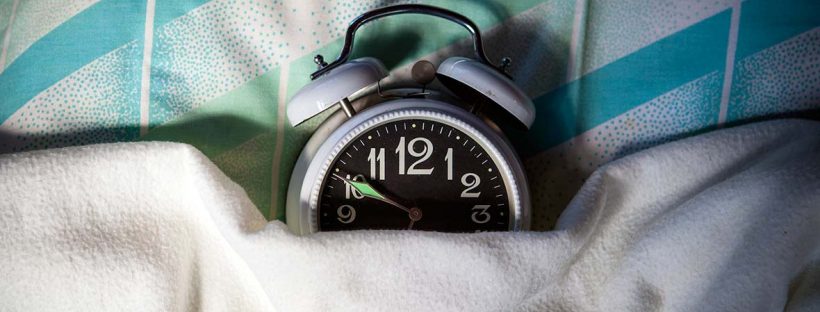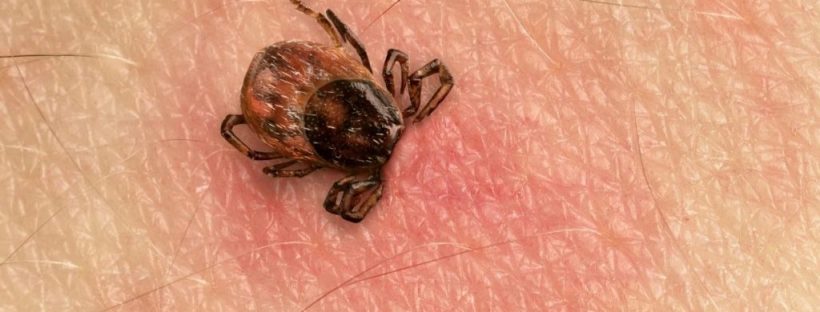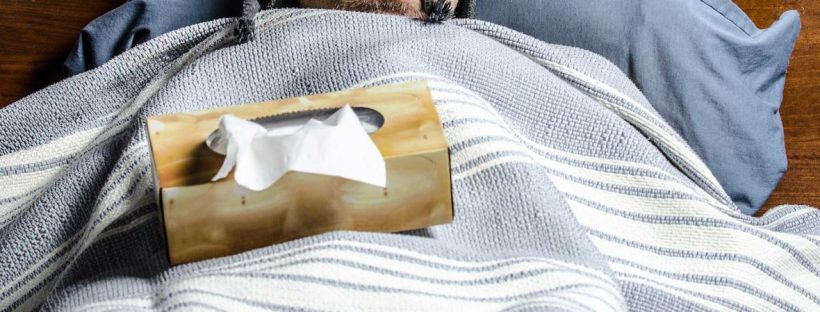Most parents take strong positions against bullying, until THEIR child is accused of being the bully.
“Not my child!” they say.
What exactly is a bully? Some believe the designation is super clear. A bully is anyone who verbally or physically abuses another. Verbal abuse can include saying something that is mean, offensive, or insulting.
In the real world with real people, it’s not always apparent whether someone is a bully. Consider the example of Josh, a high school junior and star athlete.
Josh was athletically superior to almost everyone on the basketball court. He was extremely popular, especially during the basketball season when he carried the team. He was praised for his leadership, for his desire to win, and for being aggressive during the season.
However, during the off-season, he continued to play with the same level of intensity, using his elbows to forcefully grab rebounds, and his strength to push his way to the basket. One teammate’s parents raised concerns when their son came home bruised from an intramural game with Josh. Their son, a freshman, was not only 30 pounds lighter than Josh, but also 4 inches shorter.
They accused Josh of being a bully.
Is my child a bully?
Josh’s mom, when told of her son’s behavior, initially did one very important thing. She remained calm and asked to hear her son’s side of the story before they met with the vice principal regarding potential discipline.
Josh, meanwhile, said he’s playing the way his coach taught him. He was going all out on every play and performing the same way that helped him lead his team to victory for the district last year.
Josh continued, “That kid is a bit of a whiner. He’s OK, and maybe he’ll even be an OK player at some point. But, really, he said I was a bully?”
What’s happening here?
Mom wants to think the very best of her son. Josh has given a plausible answer that’s based on fact. The coach has pushed him hard to “be the best he can be.” That behavior has helped him lead his team to victory in the past.
Her thoughts swarm: “This is ridiculous.” “Absurd.” “He’s a hero, not a bully.”
By remaining calm, Josh’s mother initially responded appropriately. But her next move didn’t help her or Josh learn and grow from the situation.
She posted the whole issue on Facebook, requesting support for Josh. By the time Josh and his mom met with the vice principal later in the week, both were confident that the accusations were false. After all, 25 parents and 30 kids had signed a statement backing up Josh and praising him.
The vice principal agreed to take the issue under advisement. There would be no discipline until after he’d talked with the coach. Then, they would reconvene.
So what happened?
I can imagine a dozen different reactions—from people who believed Josh was doing what any leader would do (playing with the intensity that his coach instilled in him), to those who have been victimized themselves and feel that again the bully wins.
Whether you believe Josh was a bully really depends on your point of view—especially if Josh truly felt he was playing fairly.
What’s clear is that Josh and his mother missed a teachable moment.
They should have discussed whether Josh really needed to play so aggressively during a casual game of ball. You can be a high achiever, for example, and also be kind and considerate.
But Josh and his mom retreated to what was safe, familiar. It was too overwhelming and disruptive for them to consider whether Josh was possibly being too aggressive and a bully.
7 Tips If Your Child Is The Bully
Josh’s story shows that it’s often not clear whether your child is a bully. Here are seven tips for handling similar situations:
- Take a deep breath and stay in the moment. Don’t start blaming yourself or start to envision your child as a future felon.
- Understand the facts as best as you can. Just the facts. Let them guide your decision.
- Discuss the situation with your child. Explain that you’re just trying to understand what happened. Keep your emotions in check. In Josh’s case, for example, his mom could have discussed the importance of not just performing well, but also being considerate of others.
- Be judicious about how many external sources you involve—such as family and Facebook friends—until you fully understand the situation. It’s tempting to lash out at accusers or rally support behind your child. But these approaches will not help, and might make you seem like a bully, too.
- Find a punishment or consequence for your child that is based on kindness and compassion. Maybe a child who has been bullying other kids (especially if it was unintended bullying) could spend time volunteering with younger kids. This could help teach your child how to be compassionate and kind toward others.
- Model kindness. Remember that every child has to learn and grow. If you want your child to be considerate, make sure you’re also modeling the right behaviors. This includes keeping the other child’s feelings in mind when you speak about the situation with other parents or your child’s friends.
- If you truly believe your child is bullying others, consider reaching out to the school’s counselor or social worker for help.
For more help, consider the following resources:
